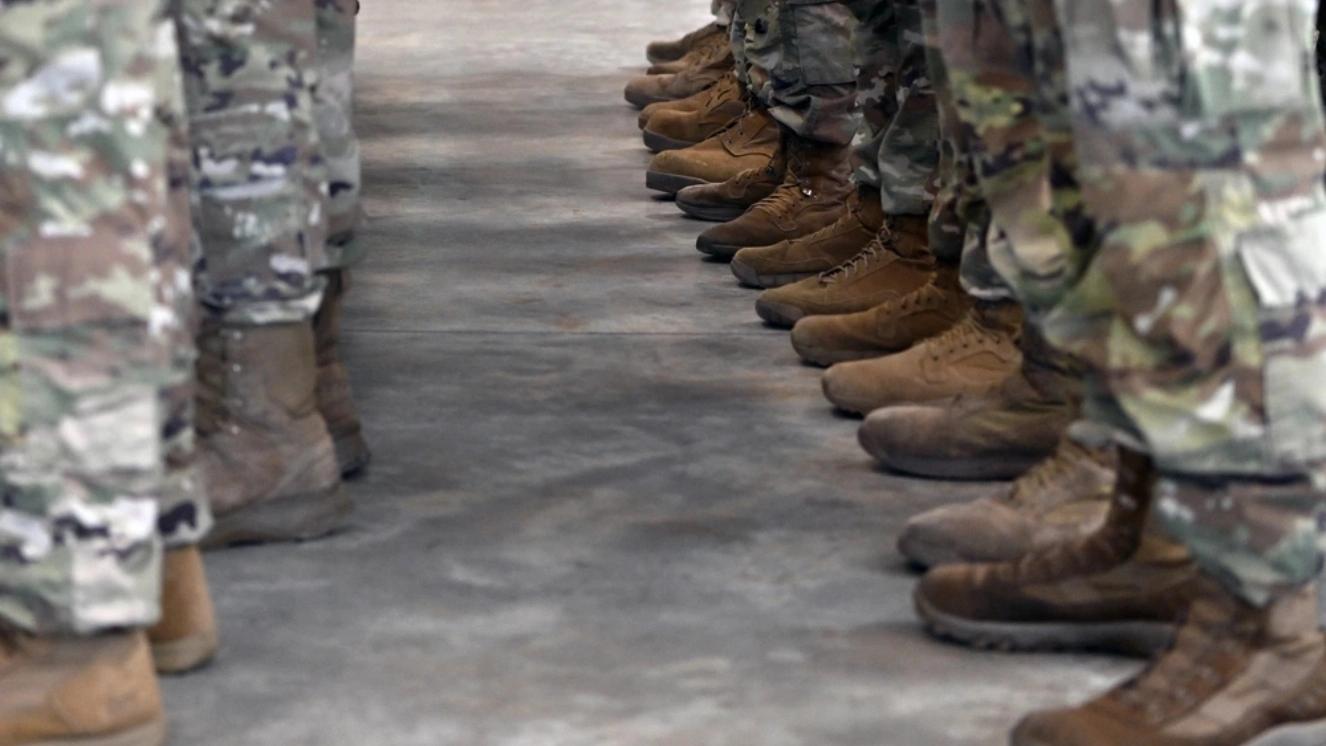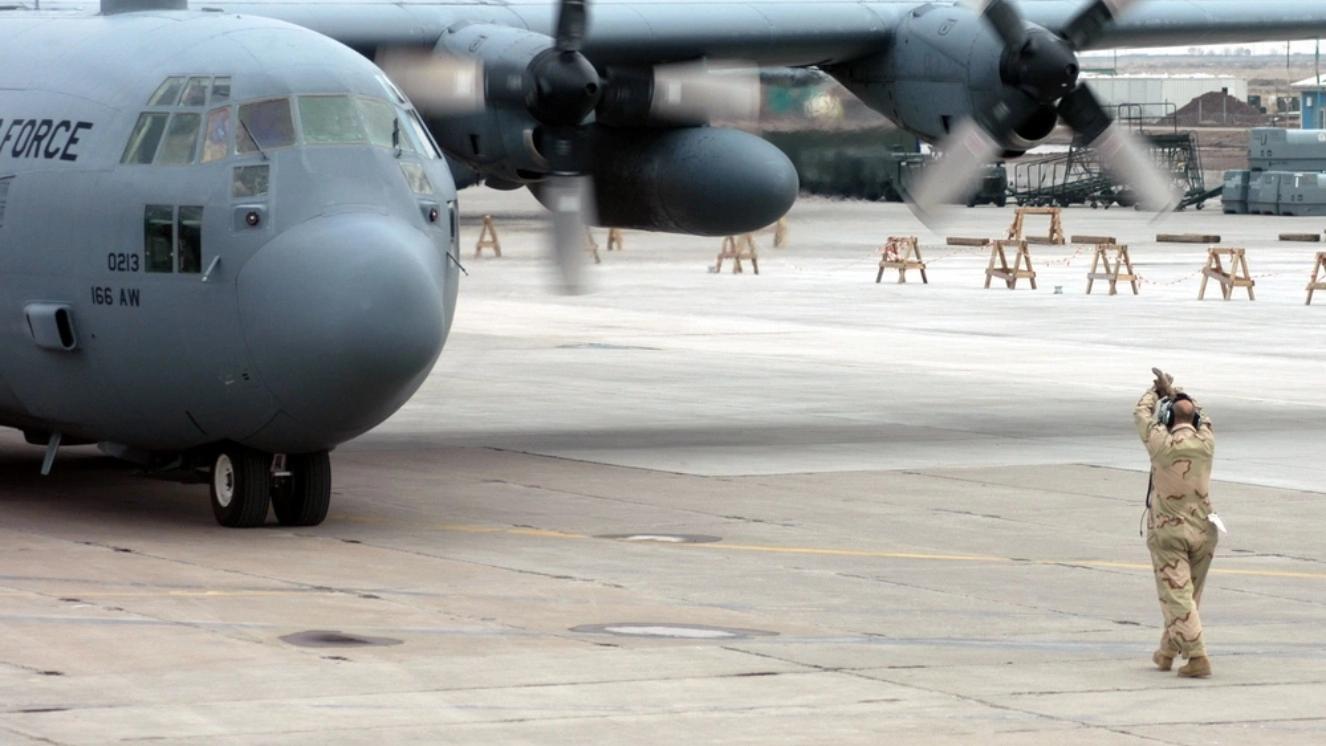USS GERALD FORD: WORLD'S MOST ADVANCED AIRCRAFT CARRIER IS COMING HOME

The Navy’s newest and most advanced aircraft carrier to date, the cost of the USS Gerald Ford is roughly $13.3 billion. Featuring new technology, the ship finally departed for service on October 4, 2022, from Norfolk, Virginia, for a trip across the Atlantic. However, what was supposed to be a much shorter trip turned into a deployment to aid in protecting Israel. After months of service, the crew and the carrier are finally heading home.Suggested read: Are the Houthis America’s Next Major Middle Eastern Conflict?
The Beginning of the USS Gerald Ford
The funding for the carrier was approved back in 2008, and construction officially began in 2009. While it was commissioned in 2017, the ship experienced many delays, especially with technical issues, such as malfunctioning weapon elevators. Just five years after being commissioned into service and fifteen years after officially being named, the USS Gerald Forddeployment is ready. While the ship was originally supposed to cost $10.5 billion, it rose to $13 billion due to the delays and the advanced technologies the ship holds. The new price also makes the Ford the Navy’s most expensive warship.
Inside USS Gerald R. Ford
The USS Gerald R. Ford length boasts a whopping 1,092 feet. The reason why the Ford is being called the most advanced aircraft carrier is because it contains twenty-three new technologies. For example, there are eleven weapon elevators used to carry missiles and bombs that will then be loaded onto jets and catapults. It also includes dual-band radar. The technologies are intended to improve the striking power of the Navy. The USS Gerald Ford is also the first aircraft carrier to replace the steam-powered catapult system with an electromagnetic one. This new system is said to be able to have more flights and increase the lifespan of aircraft, such as drones. There’s also a powerful nuclear power plant fueling its electronic systems. On top of that, compared to the Nimitz class, the USS Gerald R. Ford crew size is much smaller than other ships, having 800 to 1,200 fewer people in order to save space and costs. One thing that Sailors can’t get enough of is the cool temperature aboard the ship. The electromagnetic catapults allow the temperature to not be as high as usual on Navy ships. This is thanks to the system being computer-based instead of steam-powered. The USS Gerald Ford also has bigger air conditioning plants.
The Flight Deck and Below Deck
There have been many changes to the flight deck to allow for more efficient operations. Commander John Peterson, who’s responsible for flight operations, commented on the in-deck fueling stations: “No longer are we carrying hoses across the deck… While we're moving aircraft around the flight deck, we're able to fuel the aircraft at the same time without having to worry about moving a hose out of the way so that we can get the aircraft to taxi through.” Below deck includes a damage control system. Now, the location of flooding and fires can be automatically detected with the system. The machinery control and monitoring system helps to detect floods and fires through sensors. There are also touch-screen programs that allow the response time to decrease by roughly ten minutes. On top of that, the system makes it easier to look for necessary equipment and repair tools, as opposed to having to look through drawers.
Drawbacks of the New Carrier
Despite technological advancements, nothing can be quite perfect. The one part of the ship that isn’t up to date is the fact that it’s not suitable for F-35s, the most advanced fighter jets. Between 2006 to 2007, developers decided to install an already existing airwing that did not consider F-35s. While other aircraft carriers are updated for the F-35, the Ford will have to wait for these upgrades.
USS Gerald Ford’s Deployment Finally Coming to an End
Where is the USS Gerald Ford now? Finally heading home! As the Ford has officially been deployed for service from Naval Station Norfolk, it carries around sixty aircraft, including F-18 super hornet jets, E-2D Hawkeyes, E-18G Growlers, and MH-60 helicopters. The two-month deployment was going to allow people to see what the USS Gerald Ford is capable of, and allow the Ford the chance to train with the North Atlantic Treaty Organization (NATO) allies. Three deployment extensions later and here we are.War broke out with America’s greatest ally in the Middle East, Israel. Hamas launched a terrorist attack in October 2023 and Israel responded quickly. Now, the conflict continues to rage on and even threatens to spread to other countries and regions.This is a perplexing issue as in the middle of it all, the USS Gerald Ford is now coming home after its extended stay. All the while, tensions are growing, attacks refuse to stop, and there is an increasing need to help guard the Red Sea from rebel attacks.
Who Will Be Taking Its Place?
Although the USS Gerald R. Ford is heading home, don’t be fooled in believing there aren’t replacements. Especially after Iranian-backed Houthi rebels from Yemen insist on turning the Red Sea into a warzone.The USS Bataan is taking over duties along with both the USS Mesa Verde and the USS Carter Hall. These warships understand the conflict all too well. In fact, they will be transitioning from the Red Sea into the Eastern Mediterranean after watching everything unravel in real-time.While the eight-month cruise wasn’t planned, it was a beneficial presence to have in the area. Ever since the attacks on October 7, 2023, having the Ford along with the USS Dwight D. Eisenhower, allowed the Navy to maintain two carriers for operations if necessary.Companies are becoming fed up with the attacks and don’t want to deal with the risks during this time. This means that some entities are forgoing the use of the Bab el-Mandeb Strait, a targeted area these days, but also an important cog in the global economy machine.Typically, the Navy likes to keep extended operations at sea from going on no longer than 9 months. Considering the timeline here, recalling the Ford back to Norfolk seems like pretty standard practice. Regardless of which crew is where it’s clear that a presence from the U.S. Navy is continuing on until peace is found.
The Future of U.S. Aircraft Carriers
As a way to improve the Navy’s older ships, the technologies of the USS Gerald Ford will be implemented in Nimitz-class ships. The Ford will soon be replacing the Nimitz class, and later on, the John F. Kennedy will arrive in 2023, the Enterprise in 2028, and the Doris Miller in 2032. The Sailors on the Ford will be the ones to help train the next generation of service members for the new aircraft carrier. We couldn’t be more excited to see where they take this awesome ship. Read next: Osprey Aircraft Crashes In Japan: ‘Black Box’ Recovered
TAGS:



